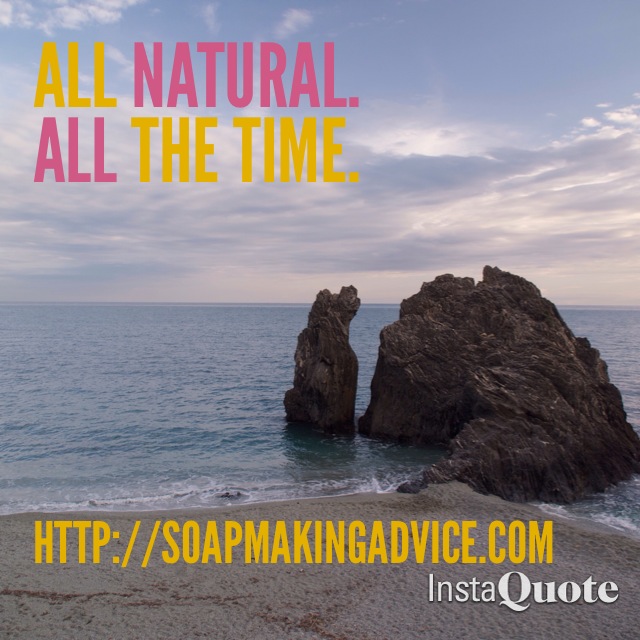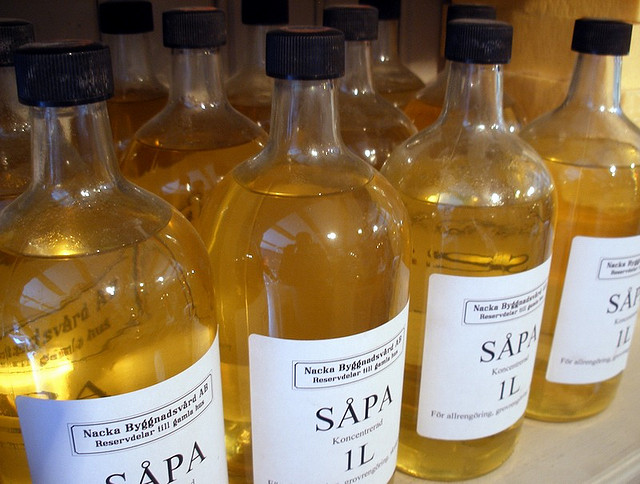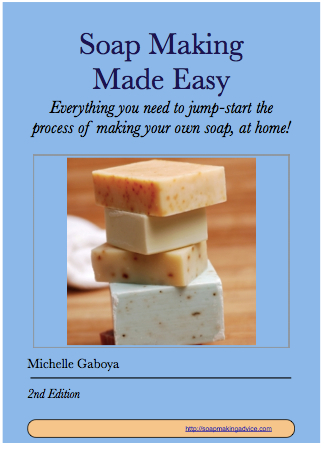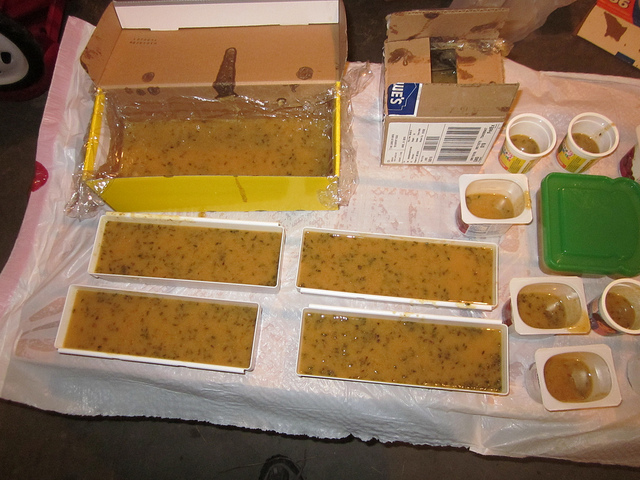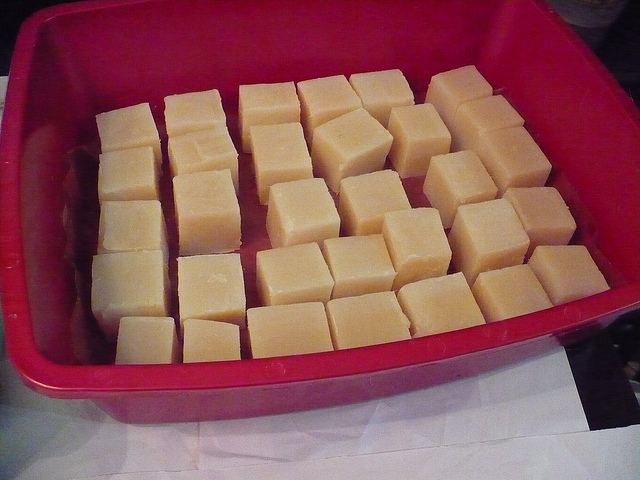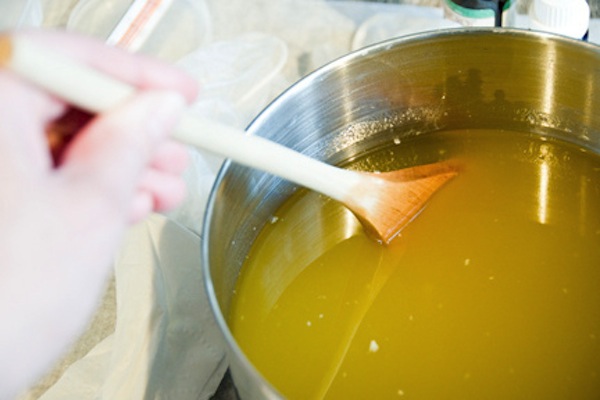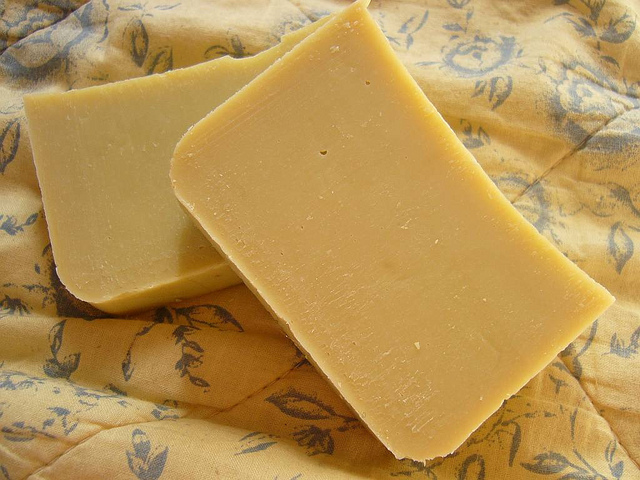After many months in the planning, we are excited to announce (finally) that all 3 of our Ebooks:
Soap Making Made Easy;
Soap Recipes; and
Soap Making Made Easy: A Quick Guide;
are now available for Amazon Kindle, Apple iBooks and all other major Ereader devices!
You can now take full advantage of all the great features of Ereader devices, such as:
– Optimised for reading on portable devices;
– Easily add to your Kindle, iPhone, iPad, Nook, or other Ereader;
– Adjust the font style;
– Adjust the font size;
– Hyperlinked Table of Contents and chapter headings, to navigate quickly;
– Bookmark favorite sections or recipes to easily access later;
– In-built search for the entire book; and
– Many more features.
We have tried to make the Ebooks available through multiple Ebook platforms, so you can decide which is the best option for you.
There are a few options for purchasing the Ebooks, broken down below:
Purchase directly through our website
This is our preferred sales channel and so we offer the best deal exclusively through our website – you can download ALL the different Ebook formats through our sales page for the price of 1.
That means you will get the newly designed PDF books, the .mobi format for Amazon Kindle AND the .epub format for iBooks, etc – all for the price of a single book!
By purchasing through our website you get the following bonuses:
1. An exclusive discount package for all 3 Ebooks, not offered anywhere else; and
2. All 3 versions of the Ebooks for the price of 1, an offer only available through our website.
Click here to purchase through our website.
Purchase in the Amazon Kindle store
If you would prefer to purchase through the Amazon Kindle store, all 3 of the Ebooks are available through our Amazon profile here – or search by author ‘Michelle Gaboya’ on your Kindle.
Purchase through the iBooks Store
The Ebooks are also available for purchase through the iBooks Store – just search for the title of the book, or search by author ‘Michelle Gaboya’ on your iPhone, iPad or iPod touch. You can still buy the Ebooks through our website here and easily add them to your library via iTunes.
If you need help with this, contact us and we can help get set up.
Purchase on Smashwords
All 3 Ebooks are available in many other formats for a wide variety of Ereaders through our Smashwords publishing platform here.
Purchase through your favorite Ebook store
We have worked to ensure all 3 Ebooks are available for all major Ereader devices. Through our publisher, our Ebooks should be available for purchase through Sony, Barnes & Noble, Nook and all other major Ebook stores – just search by author ‘Michelle Gaboya’ to find them.
If for any reason you can’t find our Ebooks, please contact us and we will help solve the problem, or purchase through our website here to download the appropriate Ebook format.
